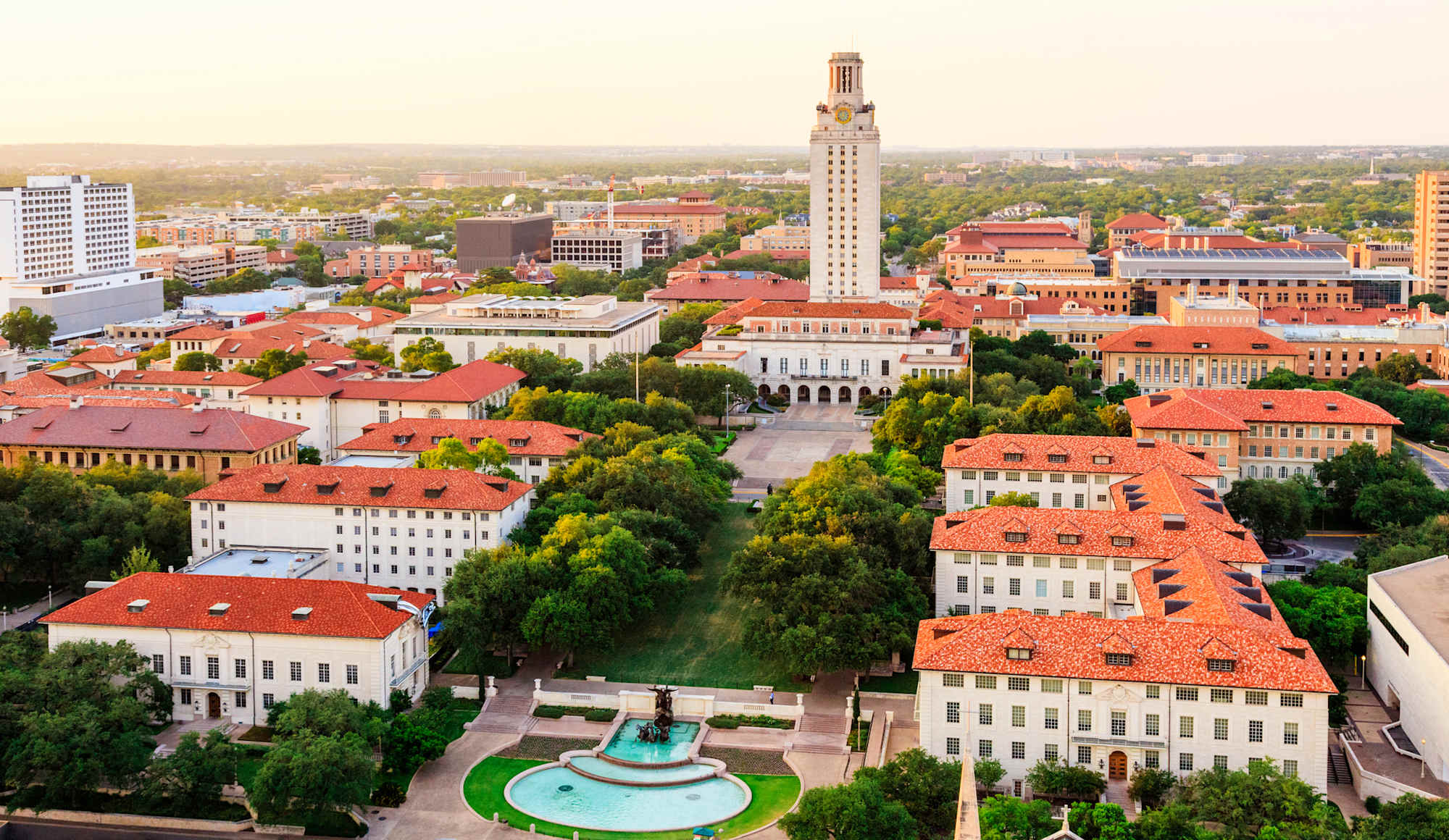University of Texas System Expands Free Tuition to Students From Families Making $100K or Less
 Credit: dszc / Getty Images
Credit: dszc / Getty Images- Previously, the nine schools in the university system at least offered free tuition to students whose families made up to $65,000 a year. At the El Paso campus, the income limit was up to $75,000 a year.
- The University of Texas (UT) System Board of Regents approved the Promise Plus Program expansion Nov. 20.
- According to the UT System, the percentage of graduates from its institutions with student debt dropped from 53.6% in 2019 to 47.8% in 2023.
The University of Texas (UT) System is opening up education for even more students by expanding its free tuition program to all its schools and raising the income limit.
The board of regents approved changes to the Promise Plus Program that will give free tuition and fees to undergraduates from families making $100,000 or less per year at all nine UT academic institutions.
The system began offering free tuition at the University of Texas at Austin in 2019 for students from families making up to $65,000 a year. Students had to be Texas residents, be enrolled full time, and must apply for federal and state financial aid.
Three years later, the Promise Plus endowment was available to students in the same financial range at all nine institutions.
“To be in a position to make sure our students can attend a UT institution without accruing more debt is very important to all of us, and as long as we are here, we will continue our work to provide an affordable, accessible education to all who choose to attend a UT institution,” Kevin P. Eltife, chairman of the board of regents, said in a press release.
“By making both immediate campus allocations as we did today, as well as continued long-term investments in our Promise Plus endowments, we want hard-working Texas families and students to know that we will do everything in our power to support their higher education aspirations today and always.”
UT El Paso’s Promise Plus Program immediately impacted 450 students in 2022. It also had raised the financial threshold to $75,000, meeting the needs of 75% of households in the area. UT Rio Grande even covered over 90% of its on-campus undergraduates.
UT said that the percentage of graduates from its institutions with student debt has declined over the past five years from 53.6% in 2019 to 47.8% in 2023 and is 10% lower on average than across Texas public four-year universities.
Financial Aid Programs Lower College Costs for Students
Overall, students are paying less in tuition after financial aid than they used to in the 2000s and 2010s despite the fact that college costs have steadily risen since the 1960s.
A College Board report found that first-time, full-time, in-state students at public universities are paying almost $2,000 less on average this academic year than when tuition and fees peaked at $4,340 in the 2012-13 academic year, after adjusting for inflation.
Much of the reason can be attributed to financial aid programs like UT’s.
Private institutions also have embraced completely free tuition at the $100,000 threshold. BestColleges has found over 90 colleges, universities, and systems — public and private — across 38 states that offer at least free tuition to qualifying students. Students can also attend community college for free in 35 states.
While many of these programs impact students from lower-income families, a report by the Institute for Higher Education Policy found that Black, Asian, and Hispanic and Latino/a immigrants are disproportionately affected by rising tuition costs.
Immigration status can impact a student’s eligibility for financial aid.
Undocumented students, for example, are not eligible for federal financial aid and rely on state financial aid and scholarships to pay for school. They are also not able to work on-campus jobs or qualify for work-study employment at public colleges.